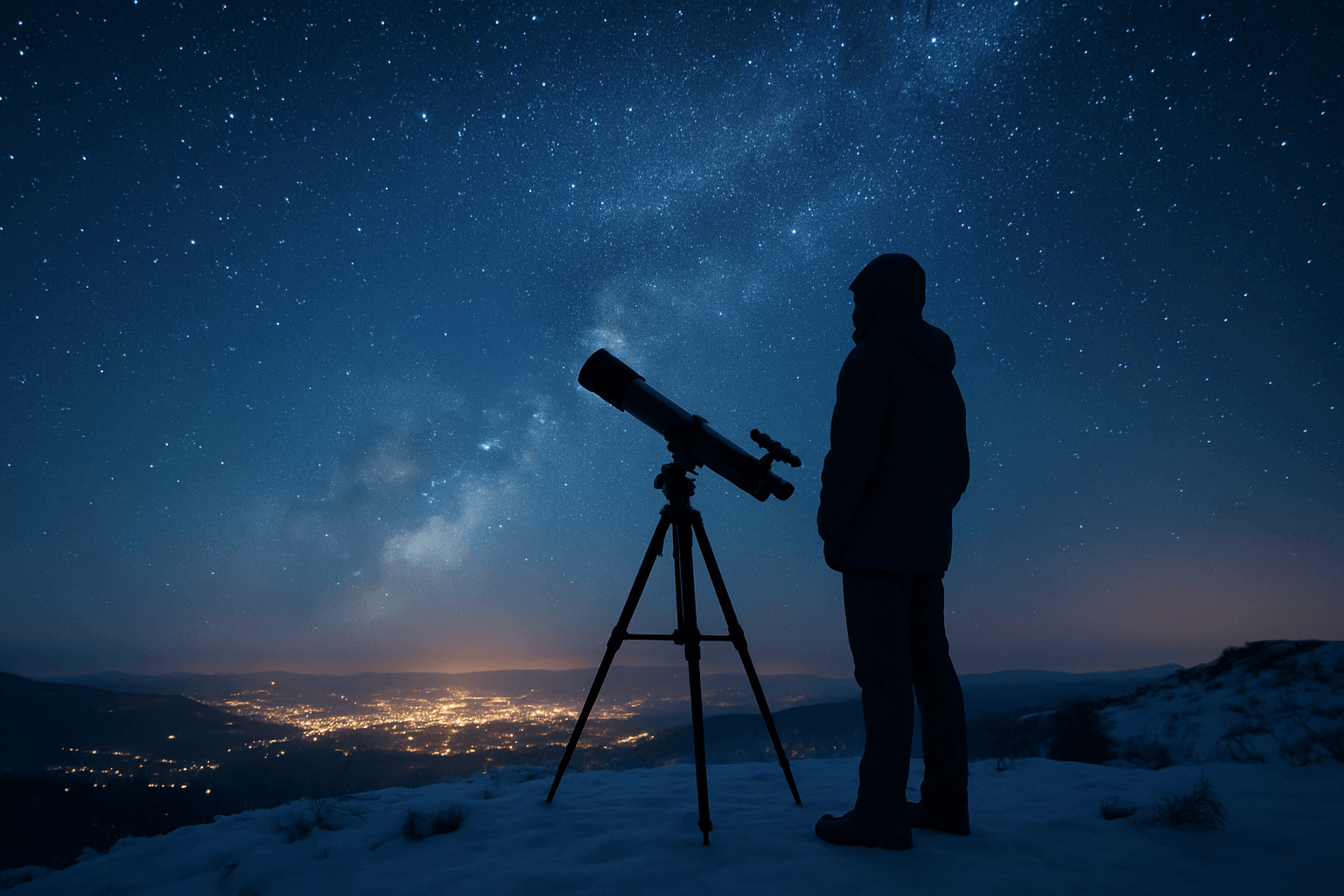Essential Winter Stargazing Tips to Stay Warm All Night
Winter stargazing offers some of the clearest, most breathtaking views of the night sky. Crisp, cold air often means less atmospheric disturbance, allowing stars to shine brighter and planets to appear sharper. But while the cosmic show overhead is dazzling, the drop in temperature can be a real challenge — especially if you plan to stay outside for hours.
If you’re passionate about astronomy, photography, or simply enjoying the serenity of a star-filled night, the last thing you want is for freezing toes or shivering hands to cut your evening short. Here’s a detailed guide to staying warm, comfortable, and focused on the sky instead of the cold.
1. Plan Ahead for Clear Nights
The first step to a successful winter stargazing session is timing. Use weather and astronomy apps to track cloud cover, moon phases, and upcoming celestial events. Planning ahead lets you prepare both your gear and your clothing, ensuring you won’t be caught off guard by sudden drops in temperature or unexpected wind chills.
- Check the forecast: Aim for cold, dry nights with minimal wind for maximum visibility and comfort.
- Know the moon phase: A new moon offers the darkest skies for spotting faint stars and nebulae.
- Pick your spot early: Arriving before sunset lets you set up while it’s still light and warmer.
2. Layer Up Like an Astronomer
Proper layering is essential when standing or sitting still in freezing conditions. Follow the three-layer rule:
- Base Layer: Thermal underwear or moisture-wicking fabrics to keep sweat away from the skin.
- Mid Layer: Insulating fleece, wool, or down to trap body heat.
- Outer Layer: Windproof and waterproof shell to protect against wind chill and unexpected moisture.
Don’t neglect extremities — thermal socks, a beanie, and insulated gloves (preferably touchscreen-compatible for adjusting devices) are non-negotiable.
3. Bring Portable Heat
Even with the best clothing, the lack of movement while stargazing can make you feel cold fast. Portable heating gear, such as a heated seat cushion, can keep your core temperature stable and make long observation sessions far more enjoyable. These cushions work just as well on camping chairs as they do in your car between observation periods.
4. Insulate from the Ground
If you’re lying on your back to take in the full sky, remember that the ground will sap your heat quickly. Use insulated mats, foam pads, or even folded blankets to create a thermal barrier. This is especially important if you’re setting up on snow or frost-covered grass.
5. Keep Your Hands Warm and Functional
Cold fingers are the bane of telescope adjustments and astrophotography. Invest in thin, insulated gloves with good grip and touchscreen capability, so you can operate star maps or camera apps without exposing your skin to freezing air.
6. Warm from the Inside Out
A thermos filled with hot tea, coffee, or even soup can be a lifesaver. The simple act of holding a warm cup between your hands can help maintain comfort levels while giving you a boost of energy during long nights.
7. Combine Stargazing with a Winter Getaway
Why not turn your stargazing plans into a cozy winter escape? Whether you choose a remote cabin, a heated tent, or a luxury glamping site, you’ll enjoy warmth, shelter, and clear, star-filled skies far from city lights. For inspiration on where to stay and how to keep toasty, check out our guide to hidden heated glamping gems.
8. Keep Moving Between Sessions
Every 20–30 minutes, do a few light stretches or short walks to boost circulation. You don’t need to work up a sweat — just enough movement to prevent your muscles from stiffening up in the cold.
9. Have a Warm Retreat Ready
Whether it’s your car, a tent, or a cabin, having a warm refuge nearby lets you extend your time outdoors without risking hypothermia. If you’re driving, running the heater for a few minutes every so often can help restore body warmth before heading back out.
Final Thoughts
Winter stargazing is one of the most rewarding ways to enjoy the night sky, but it requires the right preparation. Dress smart, bring portable warmth, and plan for comfort so you can focus on the stars — not the temperature. With a little foresight and the right gear, you can enjoy the quiet magic of a crisp, clear winter night for hours on end.
Ready to make your winter stargazing sessions warmer and more enjoyable? Discover our top-rated heated gear designed for cold, clear nights under the stars.
Shop Warmweave’s Most Loved Gear


